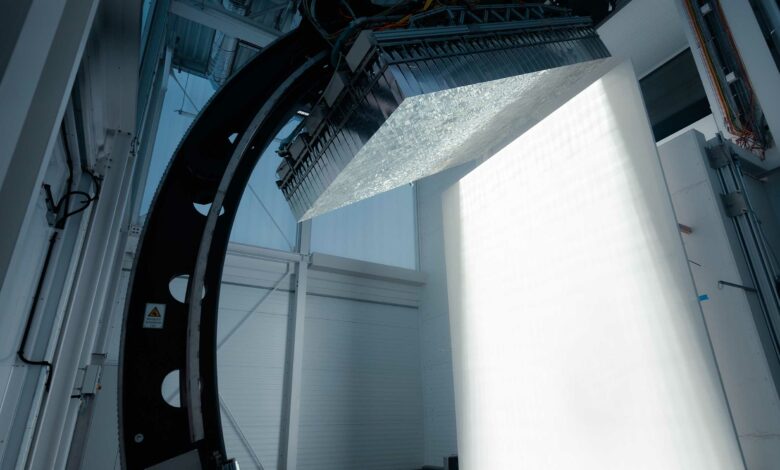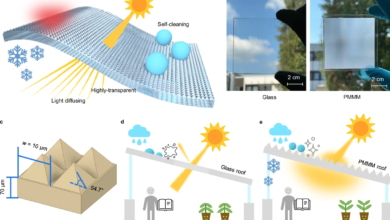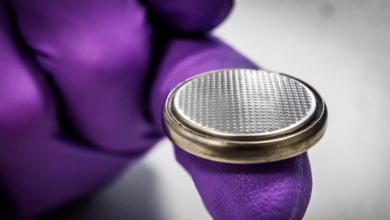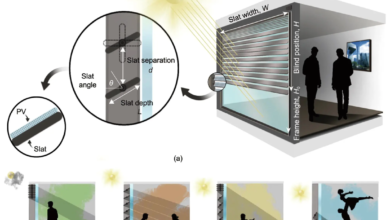From the ETH comes the solar simulator to test the “skin” of buildings in any condition

Among the products tested by the simulator also the adaptive solar facade of the NEST module
(sustainabilityenvironment.com) – Imagine being able to test all kinds of building components or construction materials, simulating the most varied weather conditions at the touch of a button. Without moving a meter, we would have the opportunity to test the thermal performance of an innovative casing passing from the scorching heat of the Sahara, to the timid winter sun of Dublin. Thanks to a “solar simulator” the researchers of the Zero Carbon Building Systems Lab of ETH Zurich have succeeded in this magic.
Test the same material in Dubai or London without moving from the room
Within the laboratory initiated by Professor Arno Schlüter, of the Faculty of Architecture and Building Systems of the ETH, researchers can easily test the behavior of a wide variety of construction systems, 3D printed walls, and new materials, subjecting them to all kinds of solar radiation possible on Planet Earth. The heart of the laboratory is the solar simulator, an artificial Sun composed of hundreds of powerful light-emitting diodes, fixed to a mechanical rotating arm, capable of imitating the path of the sun at any latitude. Professor Arno Schlüter is no stranger to this kind of technology. He and his team owe the development of the famous and award-winning “adaptive solar facade” also installed on the exterior wall of the NEST housing module on the nearby Empa campus in Duebendorf.
In the Schlüter laboratory, the floors, walls and ceilings can be removed, replacing the prototypes you want to test.
read also Colorful Solar Panels for beautiful and efficient photovoltaic facades
And almost always the materials to be tested come from the nearby research laboratory. Like the semi-transparent facade made of molded polymer that shields or lets in sunlight depending on the angle of incidence. Or 3D printed components for the outer shell that, thanks to a sophisticated macrostructure, can passively conduct solar heat from the facade inside the building, or on the contrary, increase their insulating effect if necessary. The solar simulator allows you to recreate the conditions of incidence, inclination and intensity of the sun’s rays, verifying the potential of the same material in different geographical conditions or at the change of the seasons.
Objective: Zero-energy buildings
Obviously, the solar simulator as well as the entire research conducted within the Zero Carbon Building Systems Lab of the ETH, has the goal of producing buildings (and building components) increasingly performing in any condition. Not only. The digital “brain” that manages the solar simulator and the entire laboratory, can learn from user behavior, proposing the ideal solutions to maximize performance rather than reduce solar loads.
“If we want to reduce the greenhouse gas emissions from buildings, materials, building technology and the behaviour of the inhabitants play an important role. In the Zero Carbon Building Systems Lab we can research the interaction of these factors” concludes the Professor at the head of the research team that will involve architects, engineers, computer scientists and chemists simultaneously. The laboratory will also be open to external researchers and industrial partnerships.





